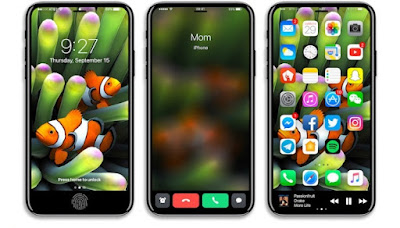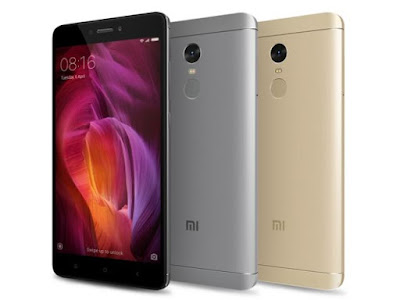iPhone 8 May Indeed Sport Bezel-Less Display With Touch ID Embedded, Patent Tips
Even amidst several reports of a delay in the iPhone 8, new developments about its features continue to leak online. Now, Apple has been found to have recently been granted some major patents, indicating the arrival of at least two big features on the iPhone 8 – an edge-to-edge display and Touch ID embedded into the screen.
Patently Apple reports that USPTO has granted as many as 56 new patents to Apple ranging to different use-cases on the upcoming iPhone. The report specifically highlights three major patents – one which deals with a portable 3D scanner, one which integrates Touch ID underneath the display, and one which eliminates the bezel by extending the display right till the edge.
In the patent, the Touch ID beneath display implementation was mentioned for the iPhone, iPad, and MacBook. There are three different technologies explained, one which is called ultrasonic imaging, which is essentially a more accurate form of sensor than the capacitive one used currently.
Even amidst several reports of a delay in the iPhone 8, new developments about its features continue to leak online. Now, Apple has been found to have recently been granted some major patents, indicating the arrival of at least two big features on the iPhone 8 – an edge-to-edge display and Touch ID embedded into the screen.
Patently Apple reports that USPTO has granted as many as 56 new patents to Apple ranging to different use-cases on the upcoming iPhone. The report specifically highlights three major patents – one which deals with a portable 3D scanner, one which integrates Touch ID underneath the display, and one which eliminates the bezel by extending the display right till the edge.
In the patent, the Touch ID beneath display implementation was mentioned for the iPhone, iPad, and MacBook. There are three different technologies explained, one which is called ultrasonic imaging, which is essentially a more accurate form of sensor than the capacitive one used currently.
“The most accurate but least common finger-scanning technology is ultrasound imaging. In this type of sensor, two transducers are placed on the x- and y-axes of a plate of glass–one each for receiving and transmitting–for propagating ultrasound waves through a glass plate; when the finger is placed on top of the glass, the finger impedes the waves and the receiving transducer can measure the alteration in wave patterns. This type of scanner is very new and largely untested in a variety of conditions, but initial results show promise for the technology. It combines the large plate size and ease of use of the optical scanners with the ability to pervade dirt and residue on the scanner, an advantage of capacitive scanners,” the report explains.
This does hint that the iPhone 8 may as well choose to embed Touch ID underneath the display, but the report also notes that the technology is “fairly new and untested”. Xiaomi has used ultrasonic fingerprint sensors below glass - not below the display - in at least two of its smartphones - the Mi 5s and the Mi 6. The iPhone 8 is tipped to sport wireless charging, OLED panel, larger battery, dual selfie and back cameras, and much more.

















